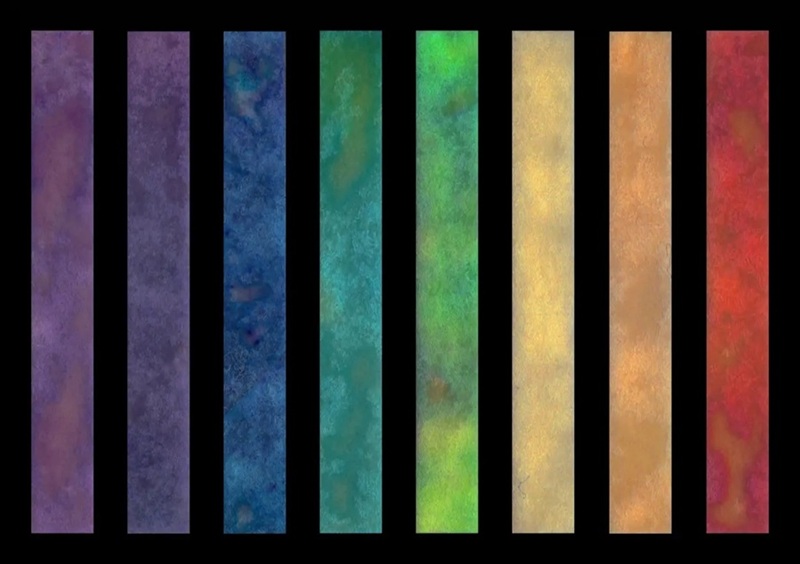Are Antibody Tests Alone Enough to Detect HIV?
By LabMedica International staff writers
Posted on 30 Jun 2009
Antibody tests alone were insufficient to detect human immunodeficiency virus (HIV) in individuals.Posted on 30 Jun 2009
Diagnosis of acute HIV infection relies on detection of HIV virus using viral load tests, or p24 antigen. Pooled HIV viral load testing has been shown to be an effective means of diagnosing acute infections. However, it is slow, typically taking between 7 and 21 days to obtain the results, cumbersome, and laborious. It is, therefore, not a realistic technology for resource-limited settings, or for addressing the problem of ongoing transmission from people during acute infection.
The use of a test that combines rapid testing for HIV antibodies with an ultrasensitive p24 assay is an alternative. This should detect HIV infection several weeks earlier than previous generations of antibody tests in people recently infected. These fourth generation assays are now routinely used in some countries such as the United Kingdom.
Professor Susan H. Eshelman from the department of pathology, Johns Hopkins Medical Institutions (Baltimore, MD, USA), and colleagues used the Abbott (Abbott park, IL, USA) Architect HIV antigen/antibody (Ag/Ab) combo assay, to detect individuals with acute HIV-1 infection.
Testing for the antigen reduces the window period in which an individual might have been exposed to HIV and has a reactive test result. Thus, individuals exposed to HIV could test reactive for the antigen, but might not test reactive to the antibody. In this study, the Abbott combination assay detected 61.9 % of the acute infections whereas only 14.3 % of the acute samples were identified as positive by a third-generation antibody test. There were 21 acute infections among 217 samples from seronegative individuals.
The study was published online in the Journal of Acquired Immune Deficiency Syndromes (JAIDS), June 2009.
Related Links:
Johns Hopkins Medical Institutions
Abbott













